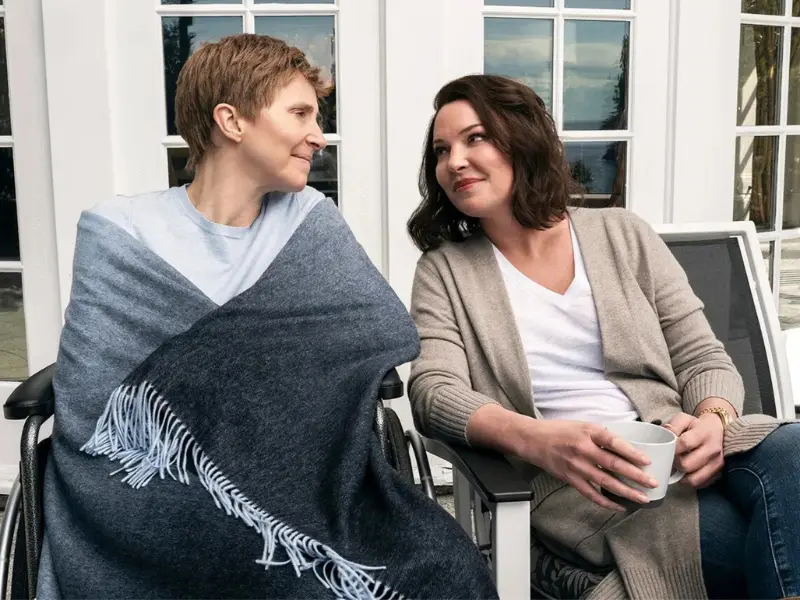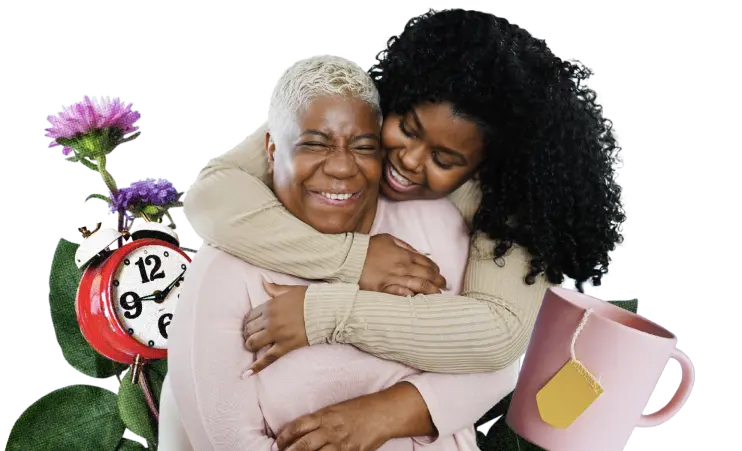
Ouch. Caregivers in the U.S. are at an increased risk for serious illness, such as depression and cancer, but less than 2% of caregiving characters on TV are shown to experience a health-related impact. Nothing raises the stakes more than a health crisis – except a caregiver’s health crisis on top of it!
Story Sparks:
- Laverne has to get creative about fitting in workouts between work, supporting her sister Wendy who has a new baby, and their brother Michael who is disabled. It’s High Intensity Interval Training meets High Intensity Life.
- Faruq has used up a lot of his PTO to take his father Omar to medical appointments, so ignores taking the time to get a symptom of his own checked out. (Ooohhh…foreshadowing!)
- Penelope is a single working mom who also supports her parents financially, maintaining their family’s multigenerational home. This woman has truly earned some grade-A therapy, but she can’t afford it.
AVOID THE PITFALL:
For many caregivers, care is an act of love. So beware of “burden framing” – or naming the person as the problem – which can feel false to the person providing care and pretty “othering” to people who need care. Those kinds of stories turn up cliché and turn off audiences. Use these kinds of stories to reveal the root causes of the challenge (read: lack of a supportive system).
A quick note: scenarios described here are generalized from information that Caring Across Generations has collected through focus groups, polling, and other research. They are generalized scenarios and are not any one individual’s story, and they are not meant to be comprehensive of all experiences having to do with care. This resource is intended to illuminate new storytelling opportunities that also contribute to a more authentic and holistic representation of care on screen.
